Vitamin E For Infants
Vitamin e for infants. The vitamin E drops for babies can be obtained at various prominent stores such as Amazon at different prices depending on the volume of the drop. In very low birth weight infants vitamin E increased the risk of sepsis and reduced the risk of severe retinopathy and blindness among those examined. Treating very-low-birth-weight infants with 100 mgkg vitamin E for 1 week results in levels 35 mgdl and significantly reduces the risks of severe retinopathy intracranial hemorrhage.
More specifically research from academic institutions demonstrates a role for vitamin E in fetal development and its association with later life dementia as well as Alzheimers disease. Premature infants with the deficiency may develop a serious form of anemia. Vitamin E supplementation for the prevention of morbidity and mortality in preterm infants Every year 15 million infants are born preterm before 37 weeks and this number is rising.
--1 IU natural vitamin E commonly labeled d-alpha-tocopherol 067 mg alpha tocopherol. The diagnosis is based on symptoms and results of a physical examination. Infants in the vitamin E group will receive 10 mlkg of dl-α-tocopheryl acetate Aquasol E.
However vitamin E is widely believed to contribute to skin tone and moisture so its commonly included in moisturizing creams and lotions for all ages. The dose will be given within 4 hours of birth via a tube into the stomach. --1 IU synthetic vitamin E commonly labeled dl-alpha-tocopherol 045 mg alpha tocopherol.
In fact topical application of Tocopherol oil for skin has proven to be highly beneficial throughout history. Effects Infant Neonate Vitamin E. Premature babies of very low birth weight.
Read on to find out how much vitamin E your child needs which sources are the best and how to avoid getting too little or too much. Usual Pediatric Dose for Dietary Supplement US Recommended Dietary Allowance RDA. E is thus essential.
There is also evidence for a role of different isoforms of vitamin E in the development of allergic airway disease during the prenatal and postnatal periods. No differences in vitamin A- or vitamin E-related morbidities between infants with and without vitamin deficiencies were found.
The diagnosis is based on symptoms and results of a physical examination.
E is thus essential. Many preemies however are given vitamin E to prevent a condition called retinopathy of prematurity. Premature babies of very low birth weight. The diagnosis is based on symptoms and results of a physical examination. Read on to find out how much vitamin E your child needs which sources are the best and how to avoid getting too little or too much. Some infants are born with vitamin E deficiency which usually improves with supplements. Lower amount of breast milk consumption was associated with higher incidence of vitamin E deficiency. The aim of this study was to review the effects of vitamin E in neonates and young infants. There is also evidence for a role of different isoforms of vitamin E in the development of allergic airway disease during the prenatal and postnatal periods.
Treating very-low-birth-weight infants with 100 mgkg vitamin E for 1 week results in levels 35 mgdl and significantly reduces the risks of severe retinopathy intracranial hemorrhage. --1 IU natural vitamin E commonly labeled d-alpha-tocopherol 067 mg alpha tocopherol. Linear regression analysis demonstrated a weak but statistically significant correlation between cord blood vitamin E levels and gestational age r 014 p 0046. Small-for-gestational age was the only risk factor for vitamin A deficiency. Some brands are specifically formulated for use on infants. Infants in the vitamin E group will receive 10 mlkg of dl-α-tocopheryl acetate Aquasol E. However vitamin E is widely believed to contribute to skin tone and moisture so its commonly included in moisturizing creams and lotions for all ages.





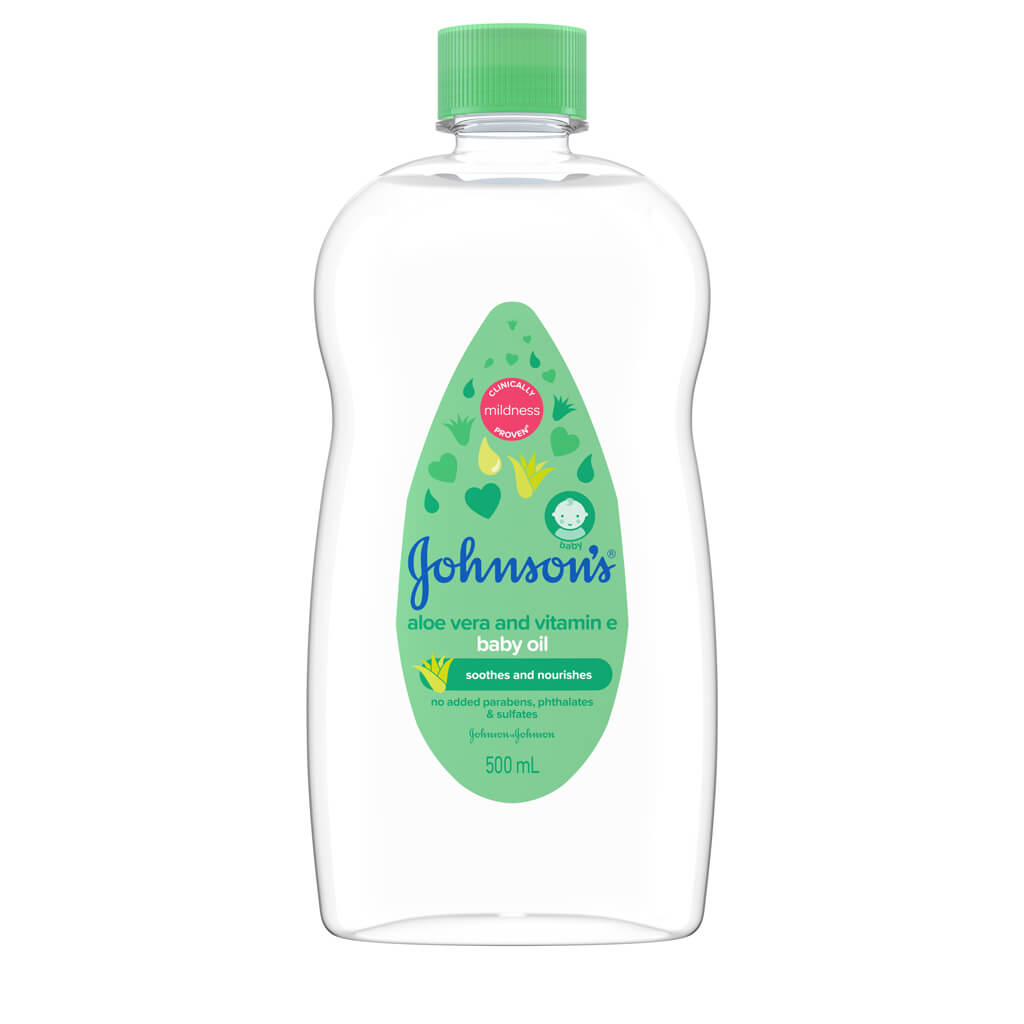

/98370595-569feeac5f9b58eba4adfbbb.jpg)


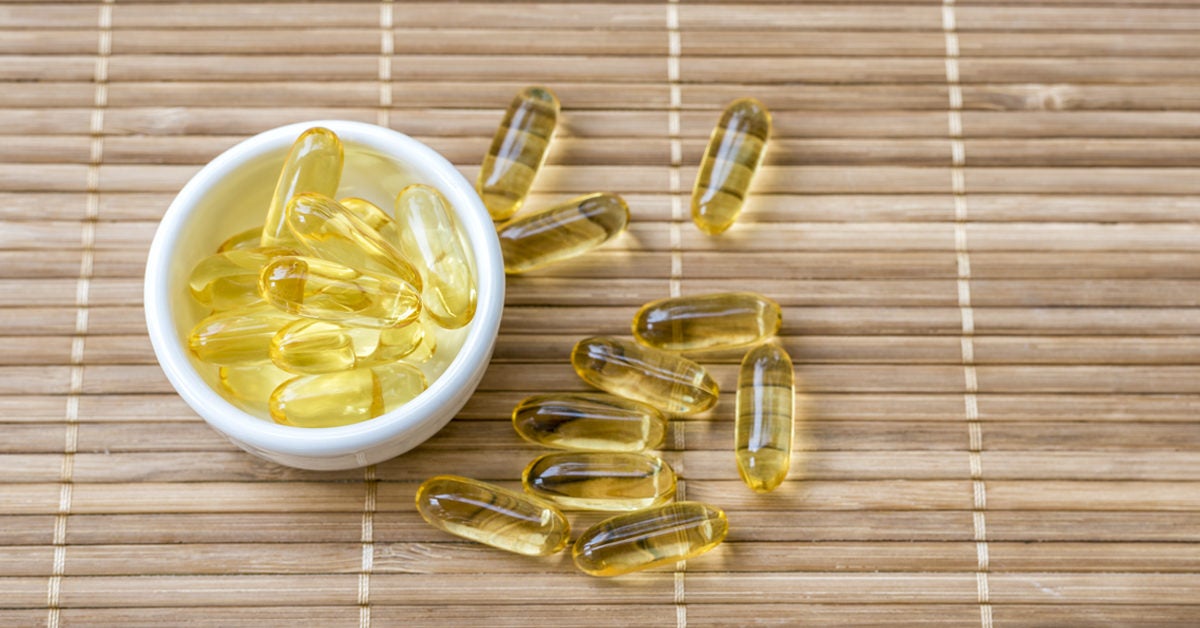
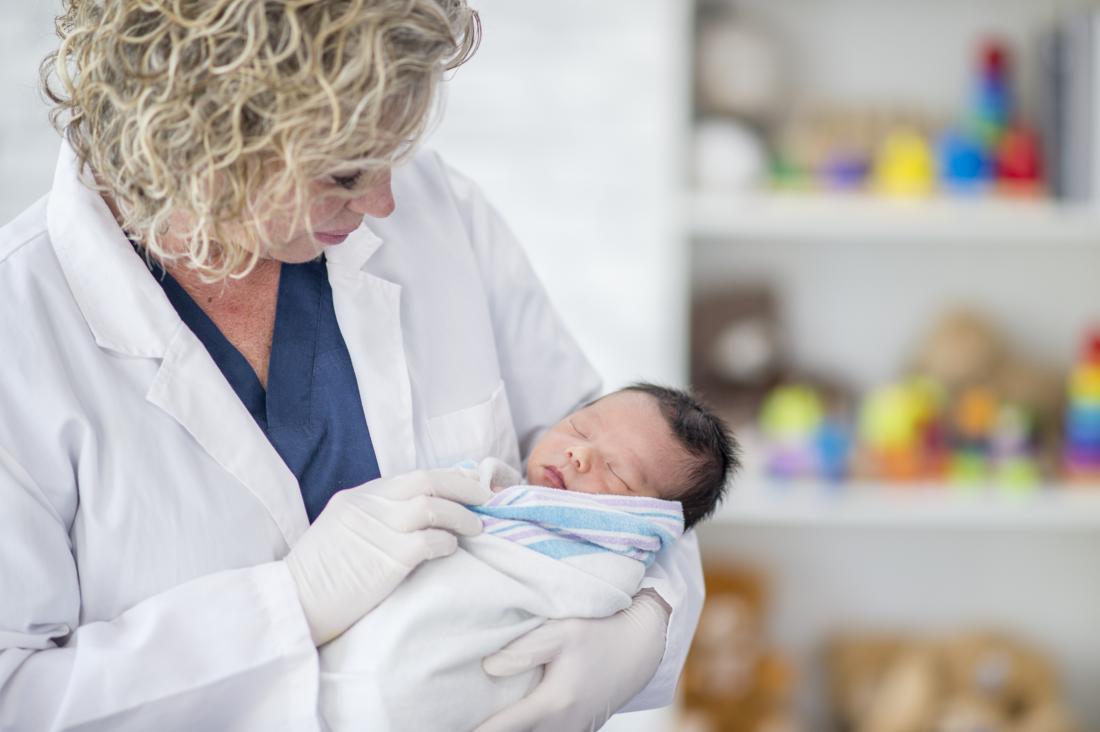
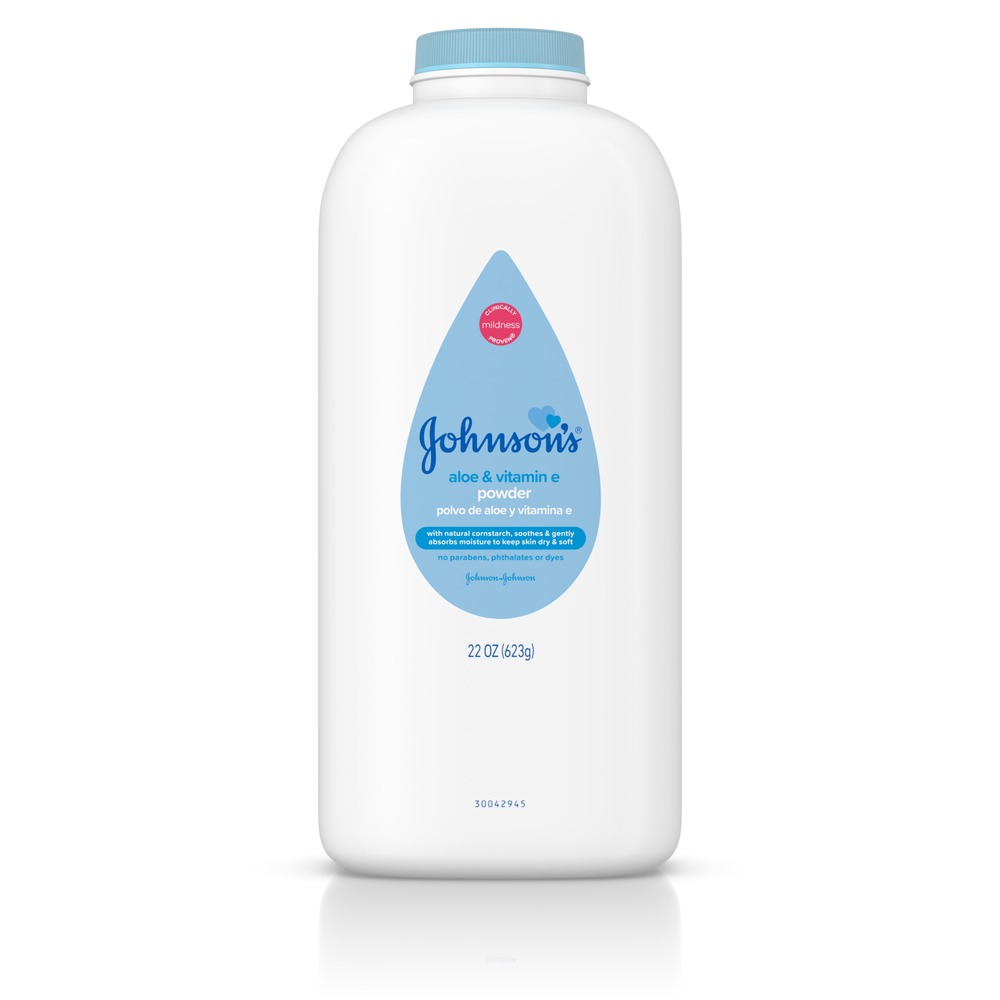
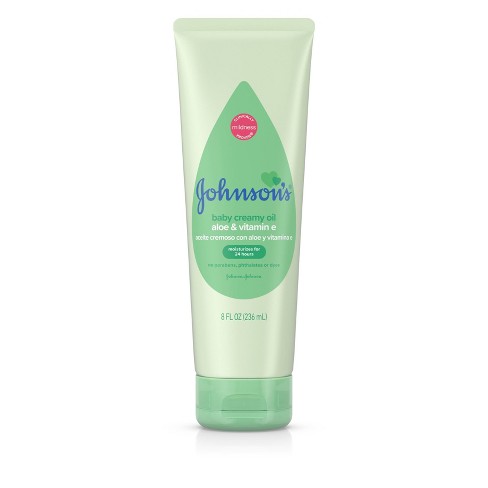

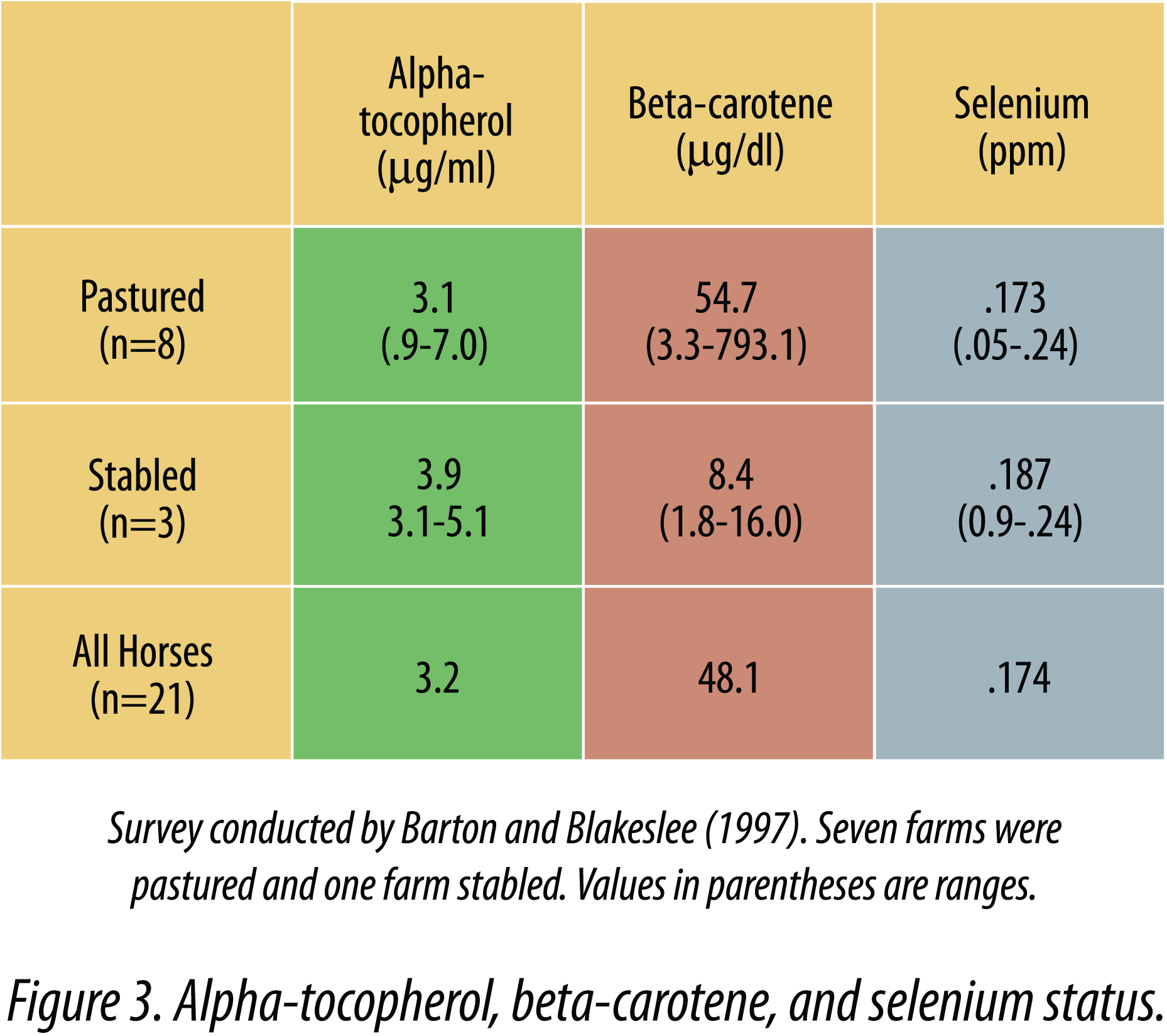
/boy-eating-his-lunch-157430617-5980cc82519de20011b42f33.jpg)







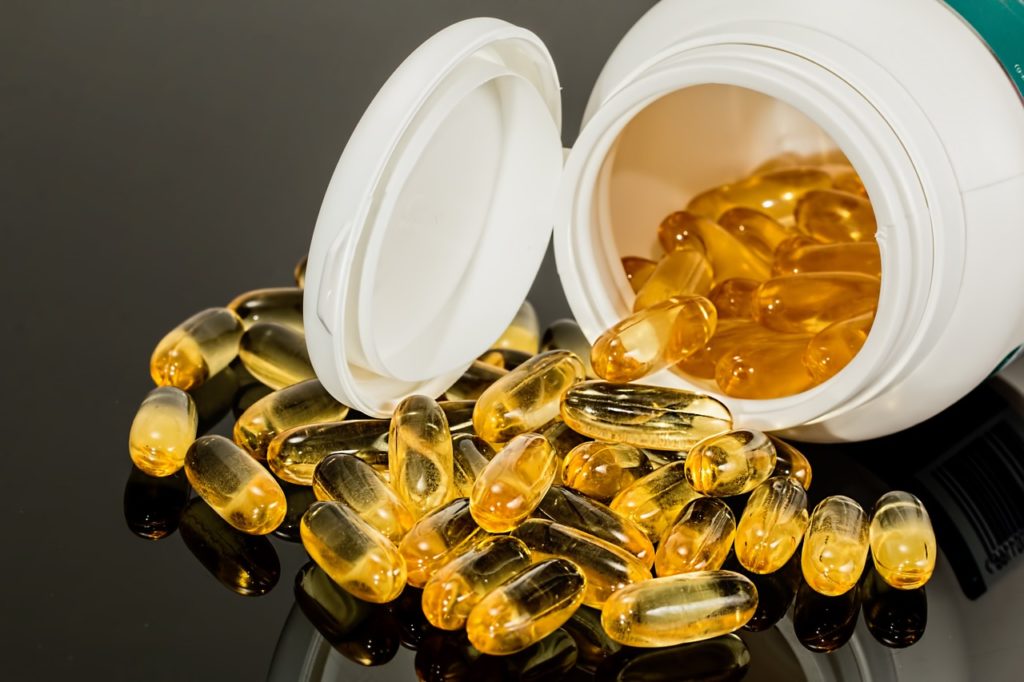


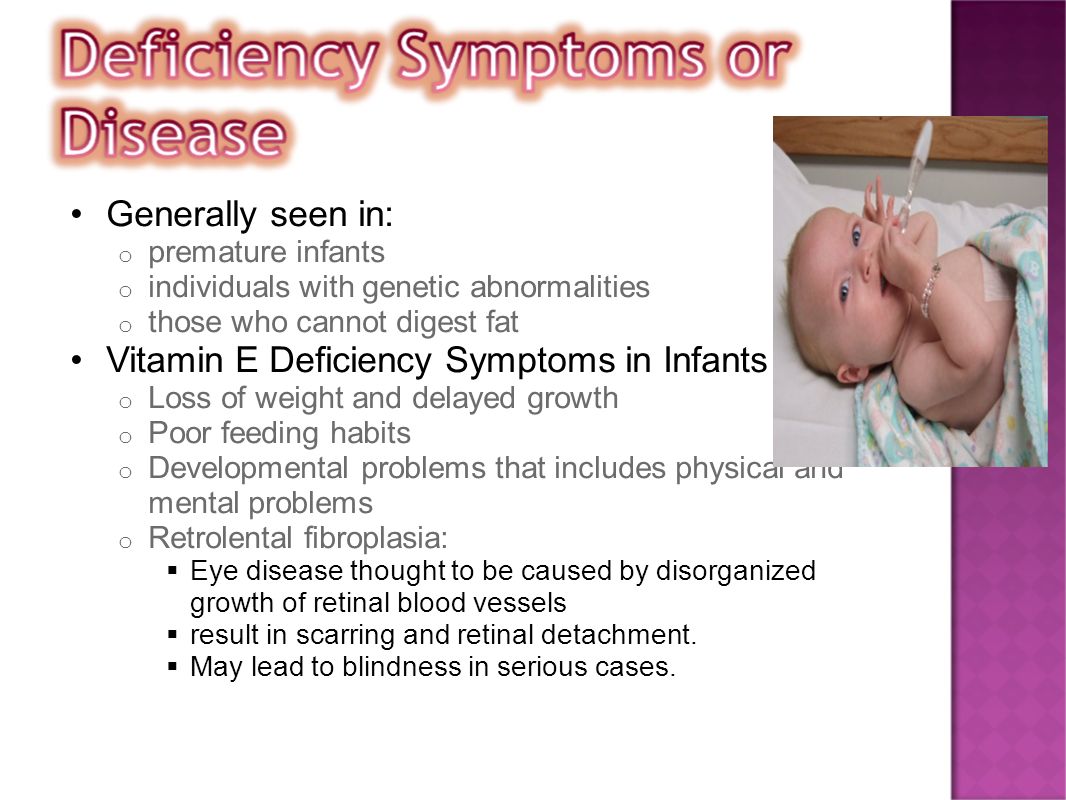
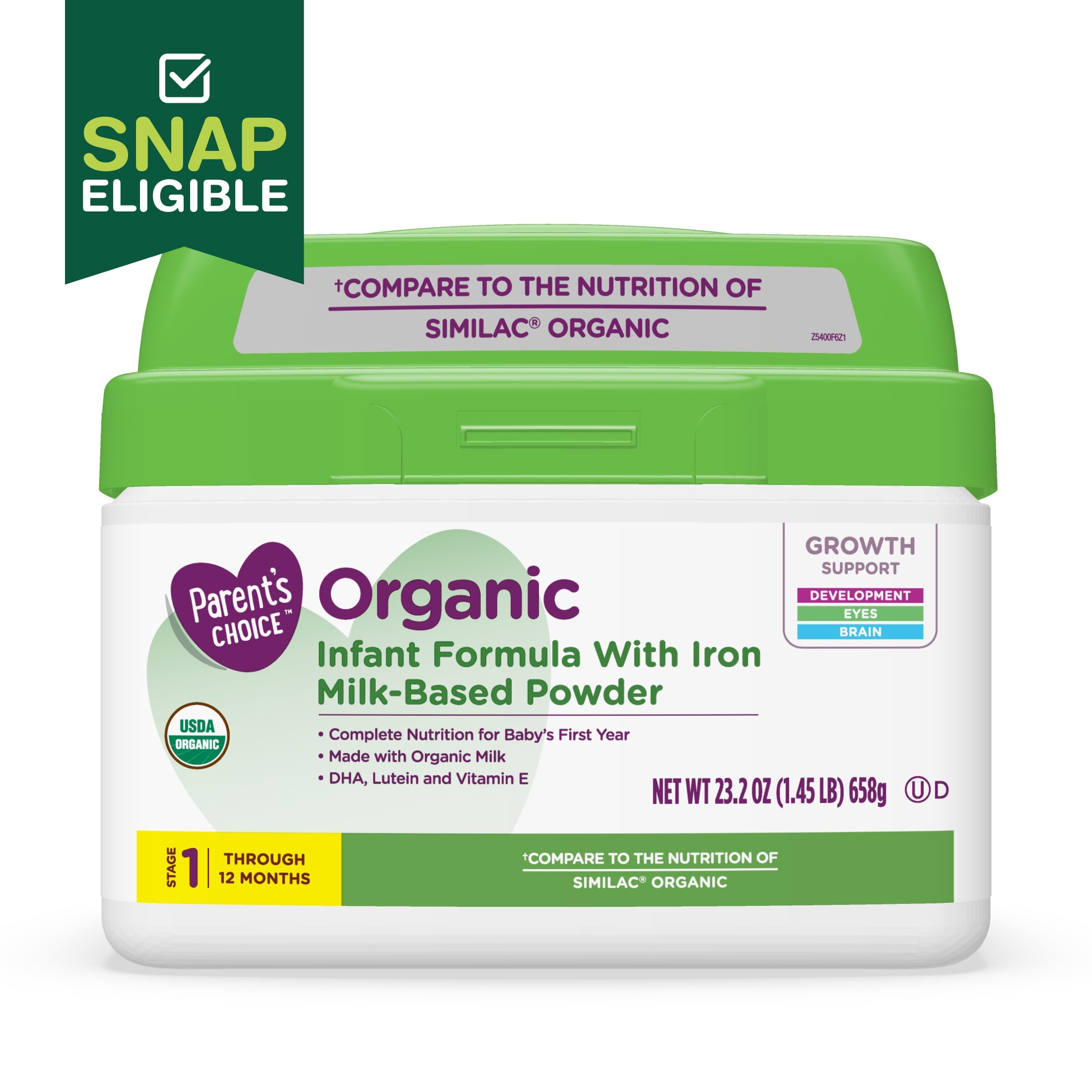






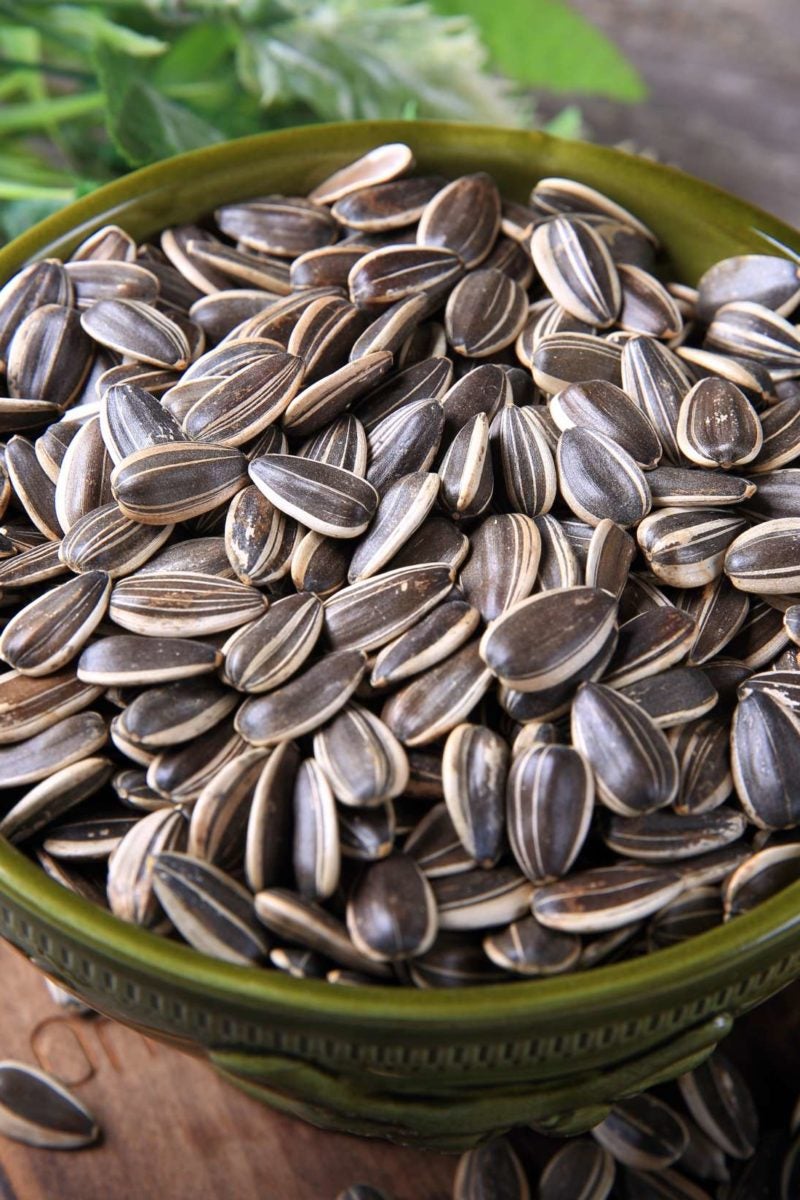

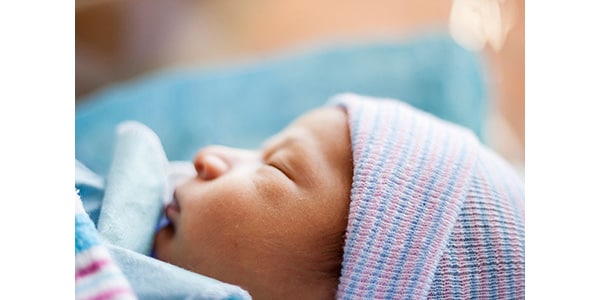
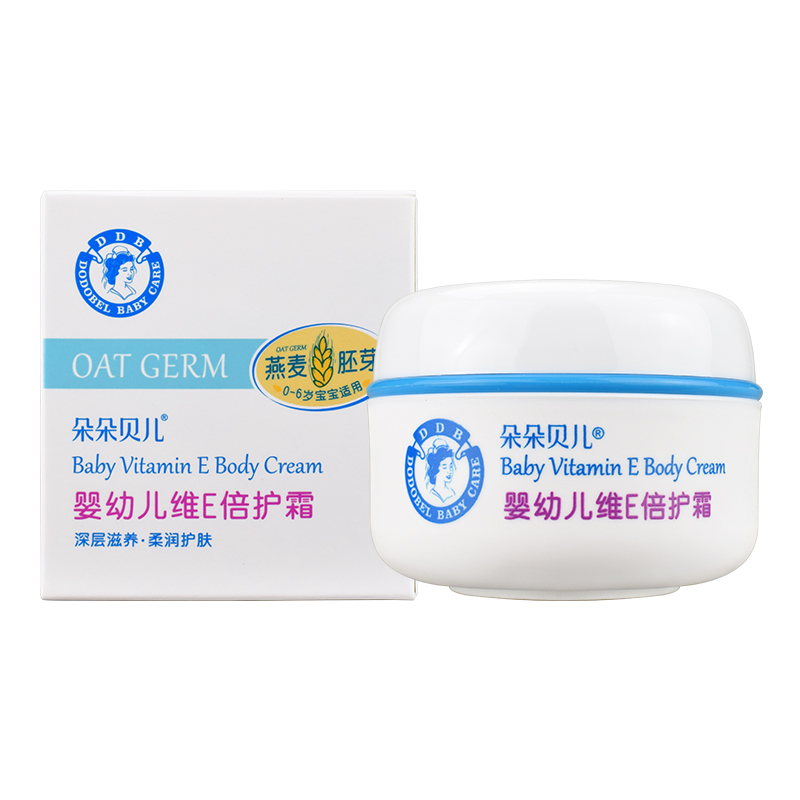

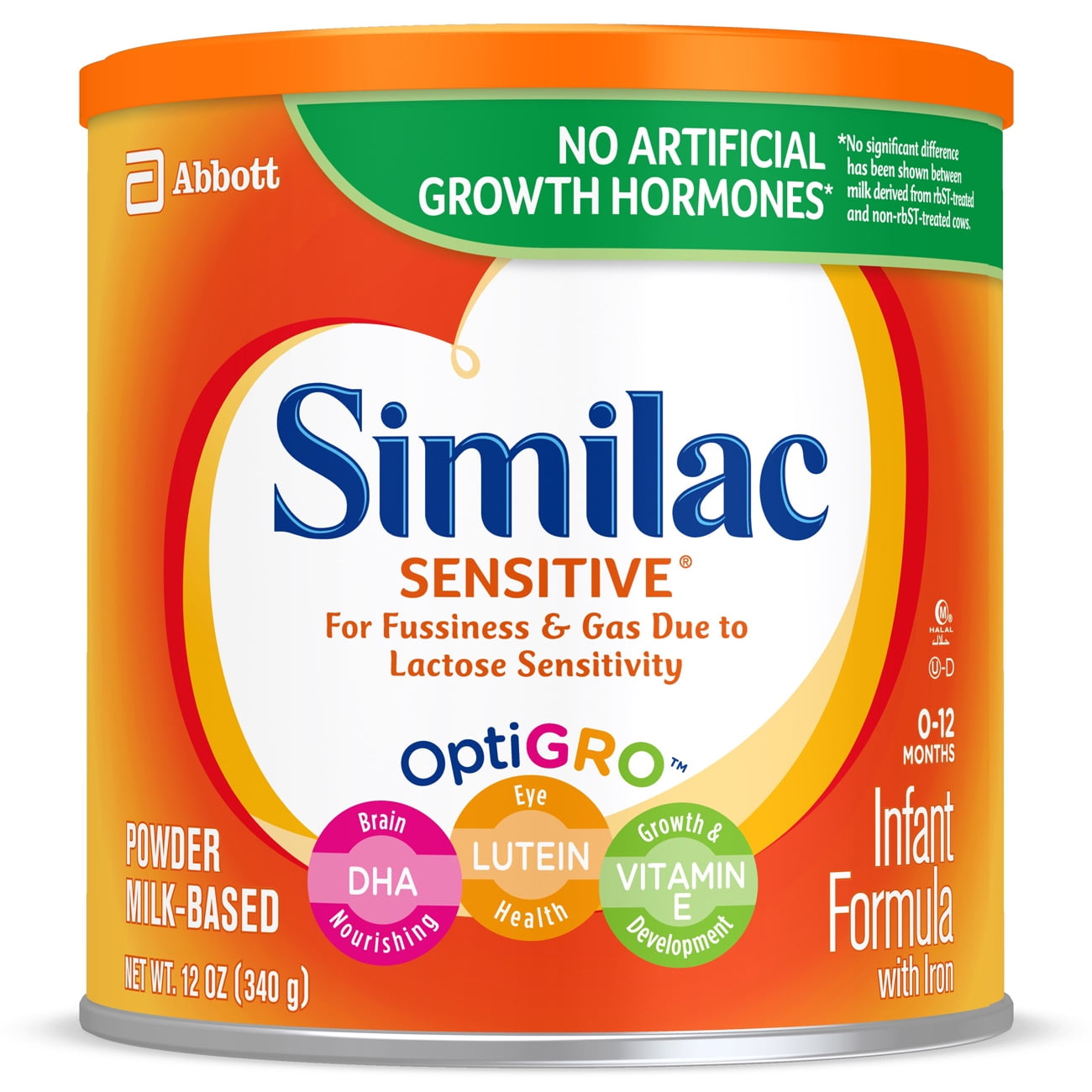
Post a Comment for "Vitamin E For Infants"